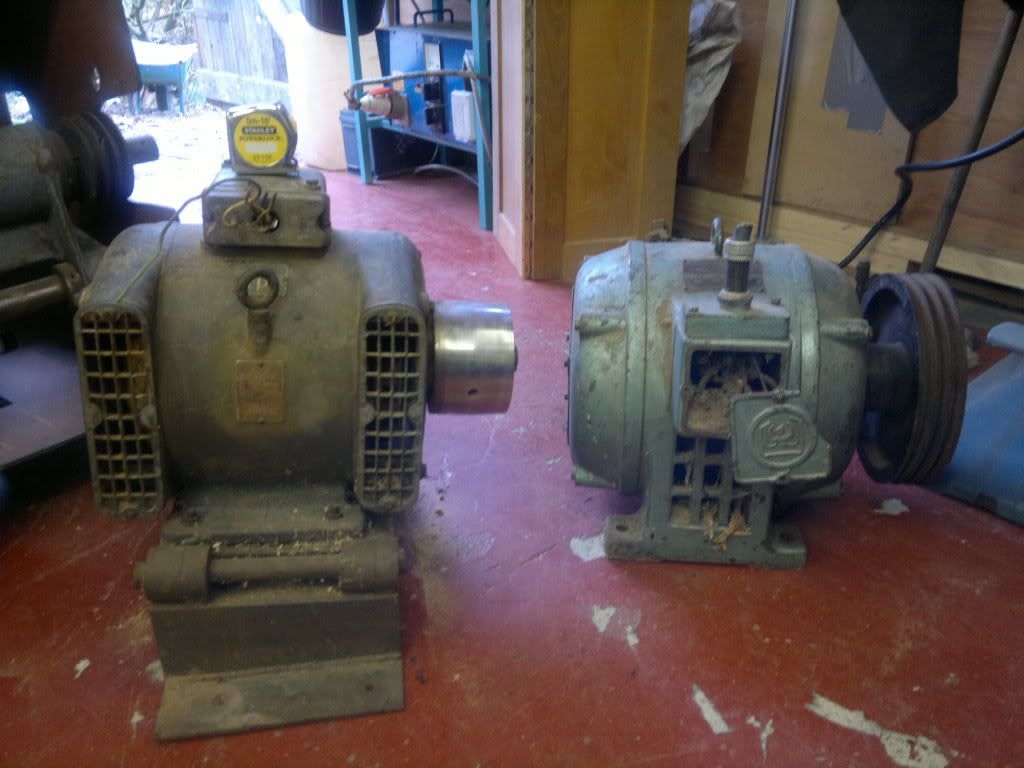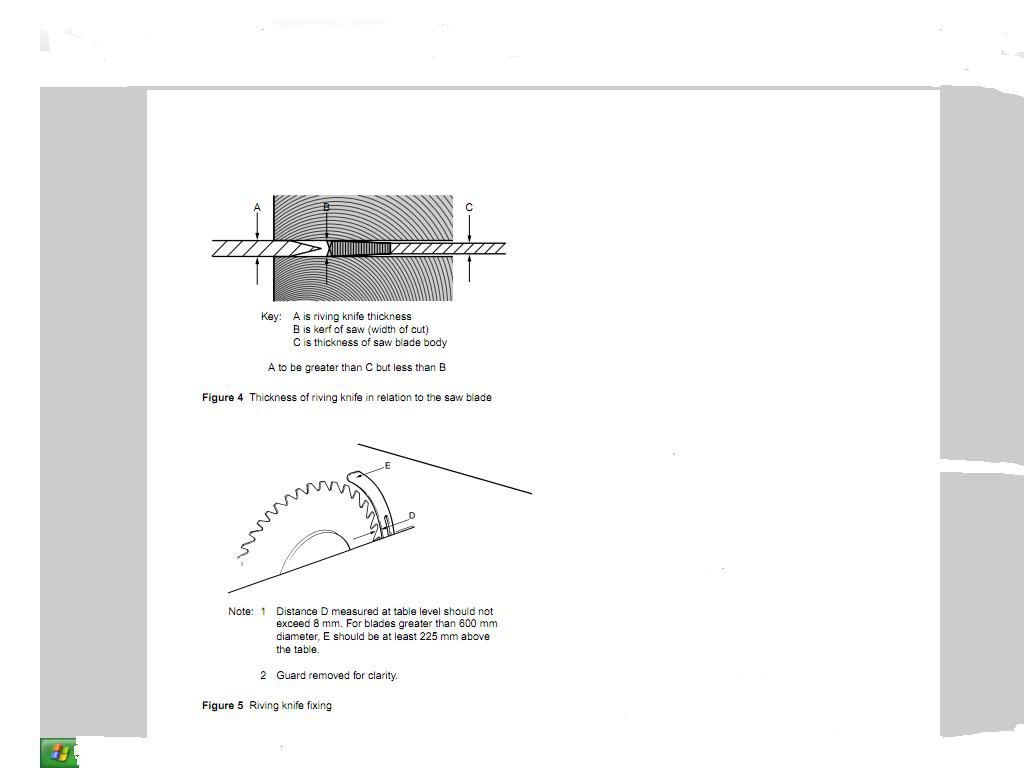wallace
Established Member
Hi all, this is the beginning of my old sawbench restoration. I got this about 10 years ago from an old timer that was retireing. It was used primarily for sawing firewood for a few years and left outside with a tarp over it. When I built my workshop it came indoors and got a bit of a clean up. I have since been bitten by the wood butchering bug. This is next in line to be fettled. It has some issues that need sorting like a decent motor and the fence has alot of play.

I spent a few hours takeing the layers of paint off, the original colour was grey/blue like that of wadkins. And then a good layer of hamersh*te and last the black enamel I chucked on.


The blade guard is made from cast ali so when I stripped the paint off there was alot of casting marks.

I spent awhile sanding ready to pollish


Mark

I spent a few hours takeing the layers of paint off, the original colour was grey/blue like that of wadkins. And then a good layer of hamersh*te and last the black enamel I chucked on.


The blade guard is made from cast ali so when I stripped the paint off there was alot of casting marks.

I spent awhile sanding ready to pollish


Mark

































































